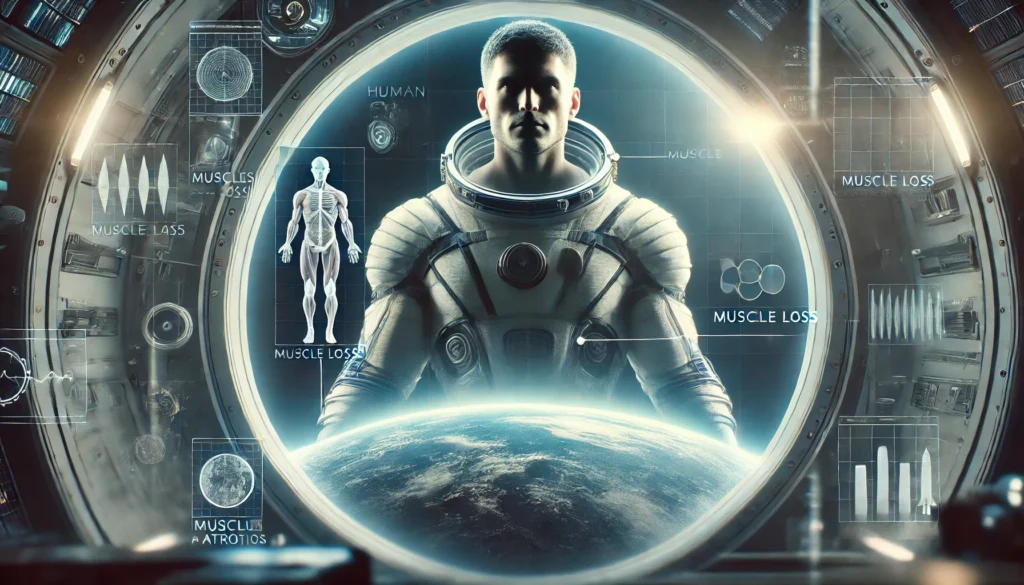When people talk about the legends of NASA’s space program, few names stand out like Jim Lovell. Known for his leadership during the Apollo 13 mission, Lovell’s career is a testament to resilience, problem-solving, and the ability to perform under extreme pressure.
Early Space Career: Pioneering the Gemini Program
Before the Apollo missions, Lovell was already making history. In 1965, he flew on Gemini 7, a 14-day mission that proved humans could endure the long durations necessary for a lunar journey. This mission also completed the first space rendezvous in history when Gemini 6A met up with Gemini 7 in orbit.
In 1966, Lovell commanded Gemini 12 with Buzz Aldrin. This mission perfected extravehicular activity (EVA) techniques, solving a critical challenge in spacewalking and laying the groundwork for the Apollo lunar program.
Apollo 8: First Humans to Orbit the Moon
In December 1968, Lovell joined Frank Borman and William Anders on Apollo 8, the first mission to leave Earth’s orbit and circle the Moon. This groundbreaking flight produced the famous “Earthrise” photograph and included a live Christmas Eve broadcast watched by millions around the world. It was a defining moment in the space race and proved that a lunar landing was within reach.
Apollo 13: “Houston, We’ve Had a Problem”
Lovell’s most famous mission came in April 1970 as commander of Apollo 13. What was meant to be the third Moon landing turned into a fight for survival when an oxygen tank exploded nearly 200,000 miles from Earth.
The crew’s calm under pressure, combined with the ingenuity of NASA’s engineers, allowed them to improvise solutions—such as building a carbon dioxide filter from limited onboard materials. Against extraordinary odds, Lovell, Jack Swigert, and Fred Haise returned safely, making Apollo 13 one of the most famous rescues in history.
Leadership Lessons from Jim Lovell
Lovell’s career offers timeless insights for leaders in any field:
- Stay calm in crisis – His composure kept the crew focused when panic could have taken over.
- Trust your team – Collaboration between astronauts and ground control was key to survival.
- Adapt quickly – Plans changed instantly, and flexibility made the difference between life and death.
Legacy in Spaceflight and Beyond
Jim Lovell’s legacy extends beyond the missions he flew. He has inspired generations of engineers, scientists, and leaders. His story has been immortalized in books, documentaries, and the 1995 film Apollo 13.
In the history of NASA and space exploration, Lovell stands as a symbol of courage, adaptability, and the relentless human spirit to push beyond the unknown.


